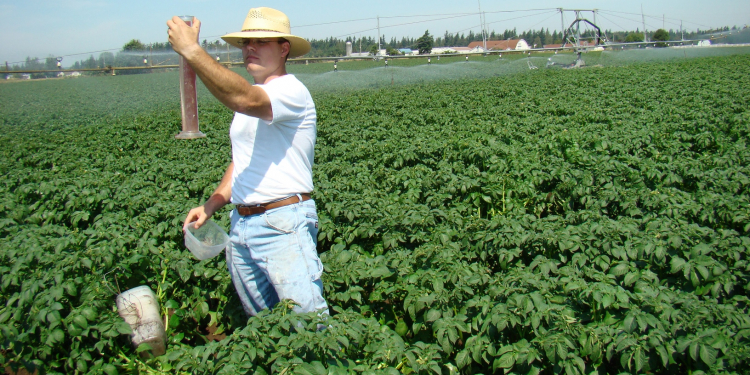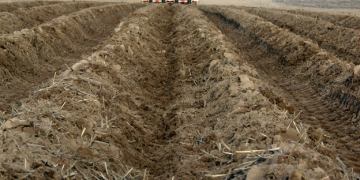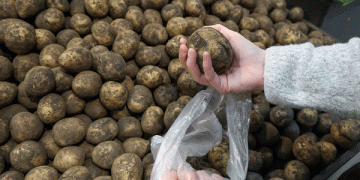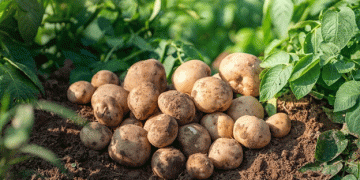A new resource is available from the University of Minnesota to provide some guidance about improving irrigation management.

Over my two seasons as a vegetable crops educator in Minnesota, I’ve been surprised by the number of questions and photos I get about disorders that are related to irrigation issues. Have you ever experienced hollow heart in potatoes, blossom end rot in tomatoes or peppers, yellow shoulder in tomatoes, woody carrots, or hollow stems in broccoli? While the causes of these disorders are often complex, fluctuating water levels are connected to all of them. I’m excited to share a new resource with all of you to provide some guidance about improving irrigation management.
Irrigation management – hollow heart in potatoes
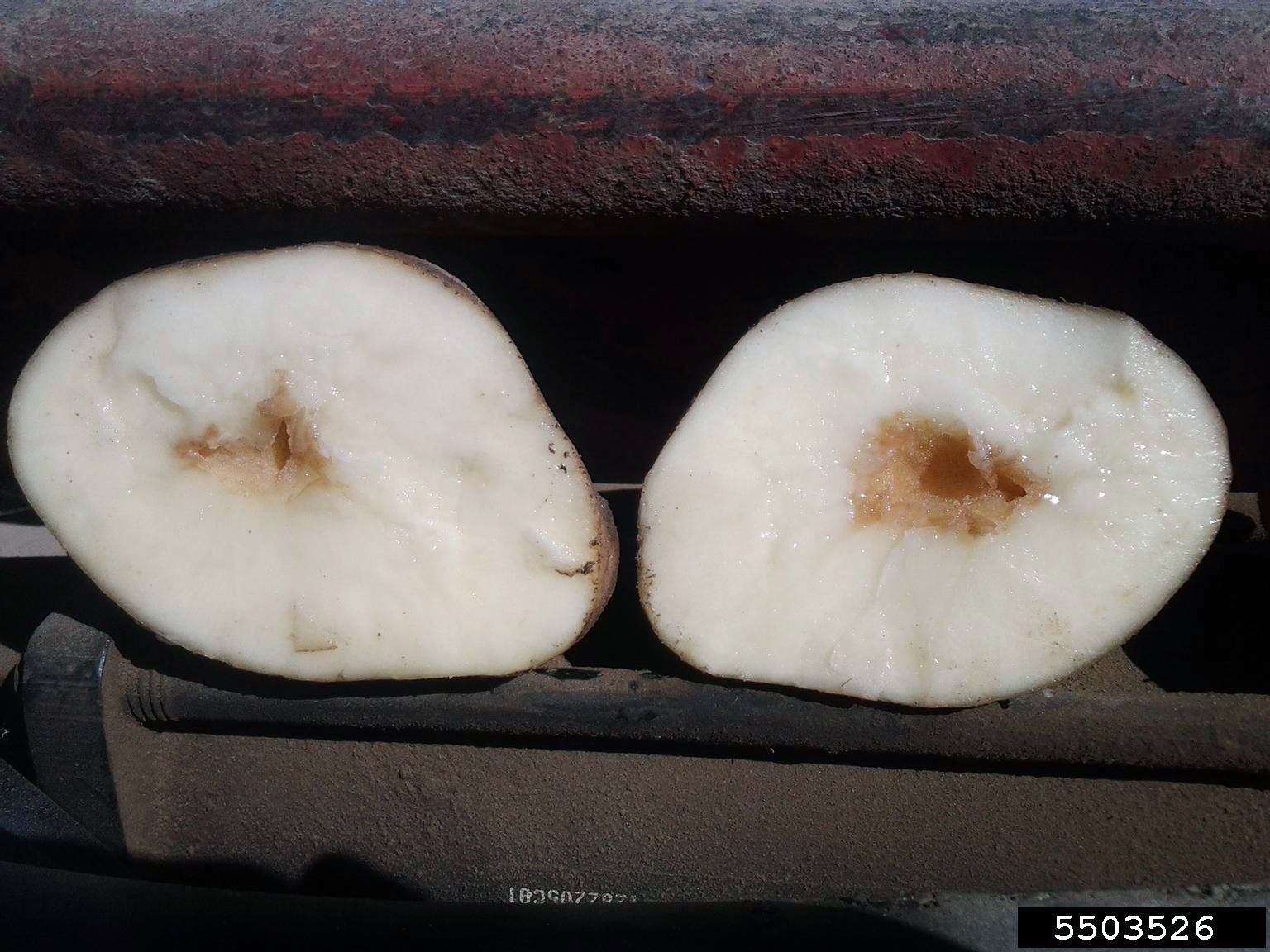
- Potatoes with hollow heart have a hollow center, often surrounded by brown tissue. The cavity is often star-shaped, or an abstract shape with straight edges rather than circular.
- Hollow heart occurs when there are abrupt changes in growing conditions
- Most commonly, hollow heart is attributed to fluctuating water levels, especially droughts followed by heavy rain.
- Water stress followed by a significant increase in moisture causes tubers to develop too quickly, causing the center tissues to pull apart.
- Hollow heart does not pose a food safety issue, it is simply a cosmetic problem. Depending on your markets, it may be a small nuisance, or it could mean discarding your crop.
There are many ways to schedule irrigation. Common methods include irrigating when you expect high temperatures or when a few days have passed without rain, feeling the soil with your hands to determine whether it’s dry, and irrigating on a regular calendar schedule, such as every two days. While all of these methods are better than nothing, there are accessible and better ways to schedule irrigation.
The primary climate predictions for Minnesota include heavier rainfall events in our future, but also longer more intense heat waves. Vegetables are extremely sensitive to fluctuating moisture conditions in the soil, and so it will become increasingly important for vegetable growers to monitor their soil moisture conditions to inform irrigation management.
The first resource we’ve created is a webpage about soil moisture sensing. We decided to focus on soil moisture sensors because they are affordable and easy to use, especially for growers with multiple crops, and growers who farm both outdoors and in tunnels.
We hope to continue to create more tools related to irrigation management in collaboration with our Extension irrigation specialist Vasudha Sharma, including more information about irrigation infrastructure and fertigation. If you are looking for specific irrigation information that is not included in this article, please do not hesitate to reach out with questions and suggestions for future webpages.
